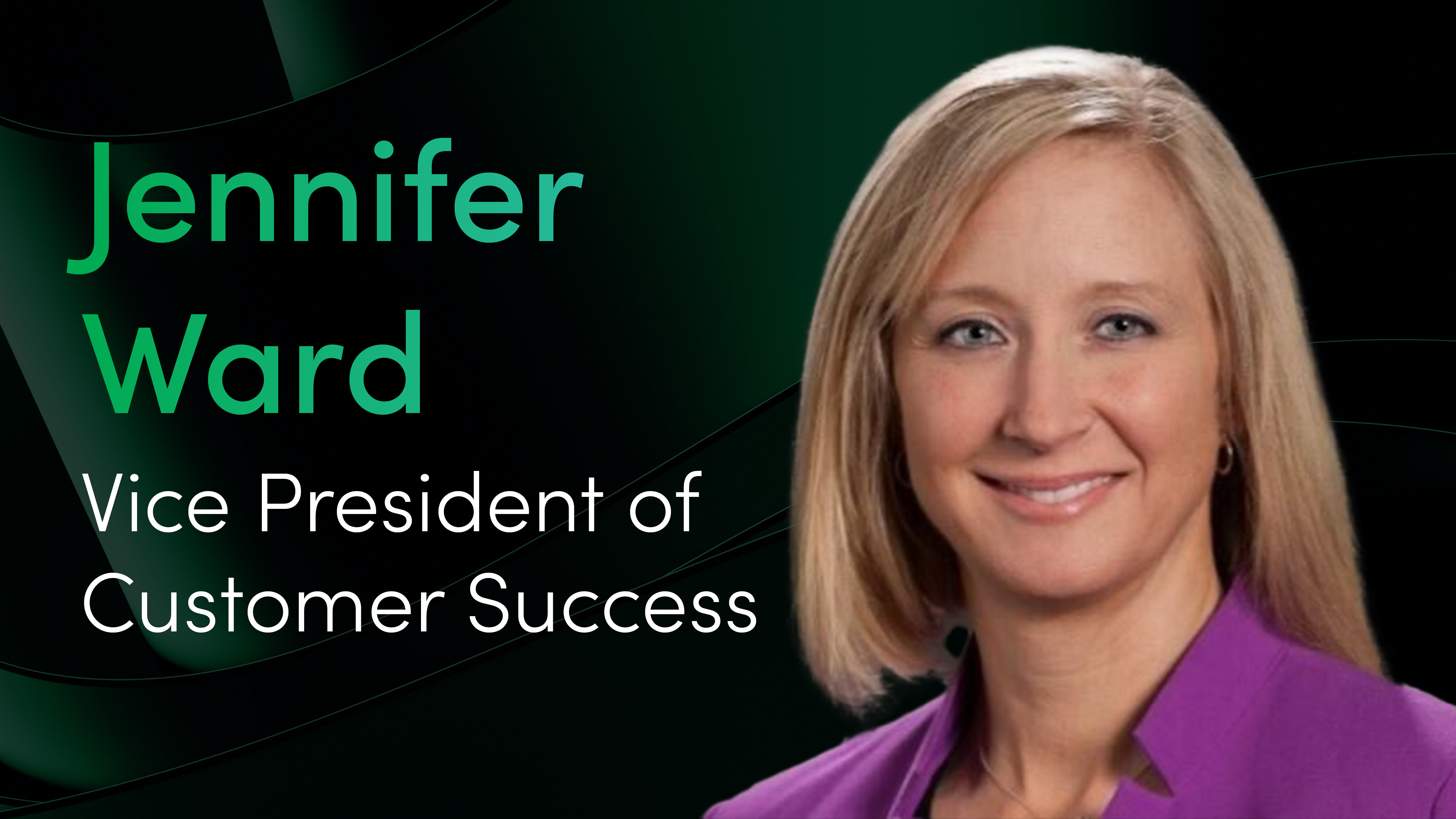
These two terms are often used interchangeably. However, there are key distinctions between the functionality and features each provide, and the AI value and scalability at your organization depend on them.
Did you know approximately half of the AI models that are developed never actually make it into production? If you want to understand why and prevent the waste of data scientist time and other resources from happening at your organization, then it is important to understand the difference between MLOps and ModelOps. They aren’t the same, but the terms are often used interchangeably. That lack of understanding about the specific roles and value of MLOps and ModelOps undermines the value of enterprise AI programs. It is important to know the difference between MLOps and ModelOps because neither is a substitute for the other.

This blog addresses the following questions:
- What is the difference between MLOps and ModelOps
- What is each used for?
- Who uses them?
- Which does your organization need? (It’s a trick question, you likely need both.)
- What is the value of using MLOps and ModelOps?
Understanding and valuing the distinction between ModelOps and MLOps is important because while both are needed, only one fully addresses the operational and governance process issues that are holding back nearly two-thirds of enterprise AI programs (the 2021 State of ModelOps Report).
The big difference between MLOps and ModelOps
MLOps helps data scientists with rapid experimentation and deployment of ML models during the data science process. It is a feature of mature and maturing data science platforms like Amazon Sagemaker, Domino Data Lab, and DataRobot.
ModelOps is enterprise operations and governance for all AI and analytic models in production that ensures independent validation and accountability of all models in production that enable business-impacting decisions no matter how those models are created. ModelOps platforms like ModelOp Center automate all aspects of model operations, regardless of the type of model, how developed, or where the model is run.

What each is used for and who uses them
MLOps tools and features are used for developing machine learning (ML) models. It includes the actual coding of the ML model, testing, training, validation, and retraining. Data Scientists are responsible for the model development, working closely with the DataOps and Data Analytics teams to identify the proper data and data sets for the model. The Data Scientists are typically aligned with a line of business and remain focused on the goals of that particular business unit or a specific project.
ModelOps platforms and capabilities are used to ensure reliable and optimal outcomes for any and all models in production. It includes managing all aspects of models in production, such as inventorying models that are in production, ensuring production models are providing reliable decision-making, and adhering to all regulatory, compliance, and risk requirements and controls. CIOs and IT Operations, working with lines of business, are responsible for establishing and implementing a ModelOps platform that meets the needs of the enterprise.
The value of MLOps and ModelOps
MLOps and ModelOps are complementary solutions, not competitive ones. ModelOps solutions can’t build models, and MLOps can’t govern and manage production models throughout their lifecycle across the enterprise.
Some MLOps solutions offer limited management capabilities, but the limitations tend to become evident when enterprises begin to scale AI efforts and uniformly enforce risk and compliance controls. Additionally, the “tried and true” practice of having checks and balances between development and production operations applies to every model that is developed and put in production. History has shown that you can’t have “the students grading their own papers” or “the fox watching the hen house.”
ModelOps platforms automate the risk, regulatory, and operational aspects of models and ensure that models can be audited and evaluated for technical conformance, business value, and business and operational risk. By combining these enterprise capabilities with the efficiency of MLOps tools, enterprises can exploit the investment in their MLOps tools and build a foundational platform for accelerating, scaling, and governing AI across the enterprise.



